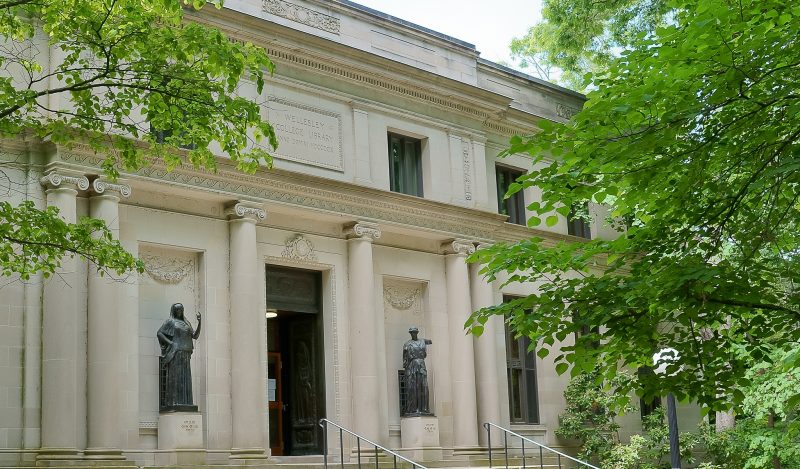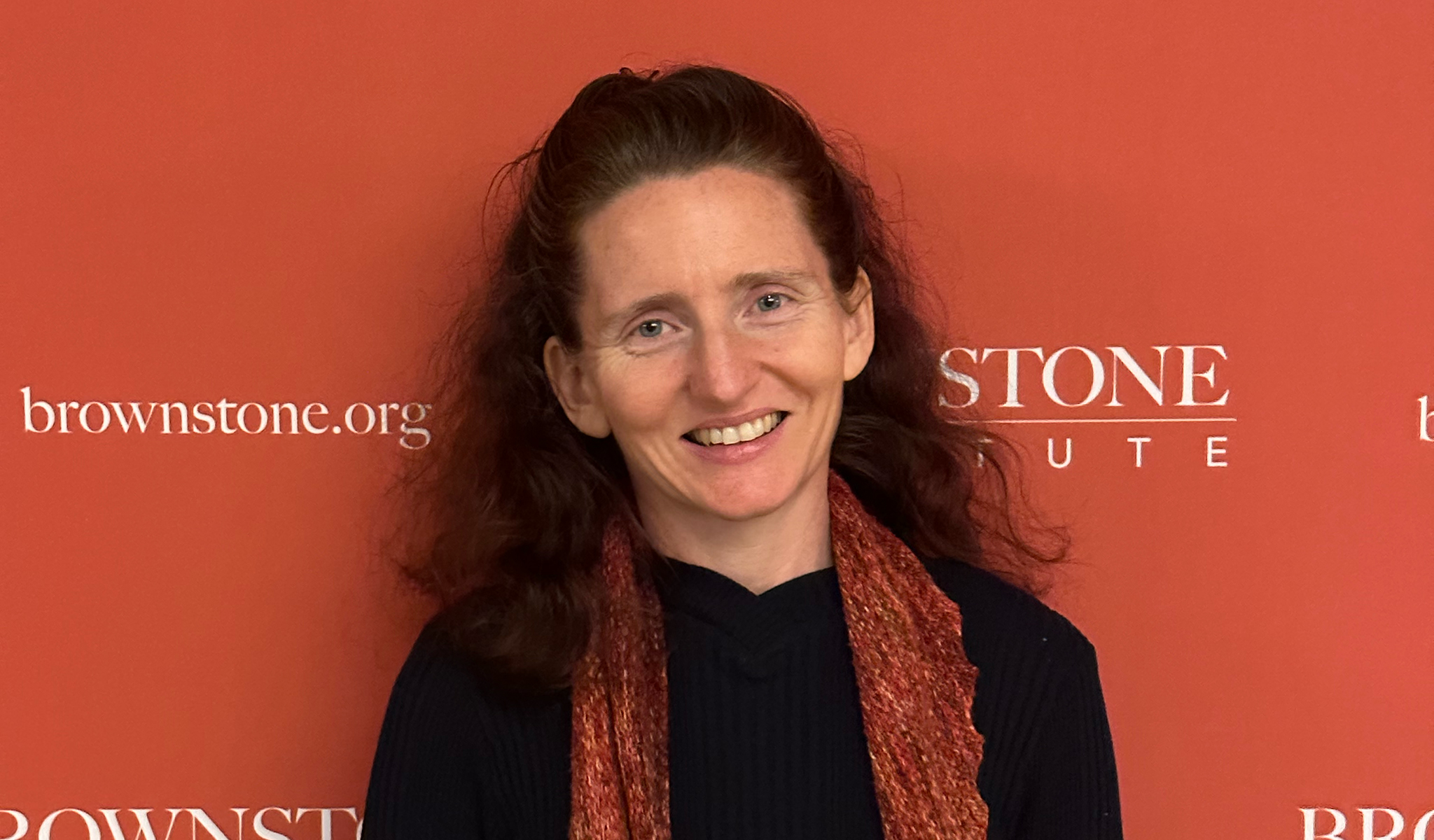Today’s universities are burdened with social science faculties that signal virtue rather than model or instill virtue in their students. The image of pro-social activism has taken the place of historically aware stewardship of society, both as a teaching objective and as the goal of much research. Classic scientific methods of inquiry have been pummeled out of existence by bureaucracy and top-down siloing of knowledge. No longer is providing real help for the communities that pay their bills a relevant consideration for many public universities. The university sector has lost its way.
Many writers in Team Sanity have observed such problems and called for reform. A hunger is also emerging in pro-freedom communities for radical alternatives to the Wokevilles that most current Anglo-Saxon universities have become. Now is the time to think seriously about how to design alternative universities in a way that escapes the ills of current academia.
Leaders in some institutions are already trying out reform ideas – some even with state backing – as we see in the experiments presently underway in places like New College in Florida, the University of Austin in Texas, Hillsdale College, and Thales College. Yet in our view, most efforts to date focus on overcoming only a subset of the present problems, often under-exploit new knowledge and modern technology, and are not radical enough in several key dimensions to create significant improvement in the quality of student learning and the production of useful research.
In the first of this two-part Brownstone series, we examine the major problems faced by universities today. In Part 2 we will sketch our vision for how to build an alternative.
We invite readers interested in the practical pursuit of these ideas to review this business case and accompanying 80-minute podcast, and get in touch with us. The rejuvenation of higher education is, after all, a community project.
Problems With the Modern University
We observe three interconnected problems with modern academia. Each problem hampers universities’ ability to deliver on their mission to curate free and critical thought, produce new knowledge, and graduate students prepared to serve the needs of their communities.
1. Bureaucratic bloat. Universities today are administratively bloated, a phenomenon also noted by many others (e.g., Raewyn Connell) that self-perpetuates via national and international bureaucracies. Bureaucracy naturally expands and expands, costing the time of academics and students. US universities in 2010 were found to function perfectly well with an administration-to-faculty personnel ratio of just 1 to 3, but the typical ratio observed that year was at least 5 to 3, and getting worse. Yale recently reported that it has as many administrators as it has students. This bloat represents easily 50 percent of all expenses in a university and perhaps more than that in terms of lost productivity, if one includes both additional expenses and the production prevented by over-regulation.
An example of how this bureaucracy is self-perpetuating is seen in the process of accreditation. Accreditation agencies, whether private or public, largely measure the presence of administrative staff, policies, and requirements (processes, procedures, KPIs, progress reports, databases, ethics committees, and so on). In turn, accreditation is used as a prerequisite for student access to state loans, for purposes of fulfilling job requirements, or for academics to be able to apply for research grants from state agencies. Receipt of research income is then used in marketing to students and to pursue higher levels of accreditation. In this way, the university bureaucracy is both mandated and protected by the associated national and international institutions around accreditation, research grants, state job applications, and state loans. Only institutions with large endowments – either private endowments, as in the States, or state subsidies in the form of free public land or other state-provided resources – are able to keep up and become known as high-status universities in this bureaucratic race.
Administrative bloat has many other consequences, amongst which is that many university functions now follow bureaucratic rather than academic logic, ignoring the purely academic benefits to activities and focusing instead on finding and privileging reasons for the bureaucracy’s own existence. This leads to a perennial search for problems that can be exaggerated and turned into a justification for more administration (e.g., ‘Is there a problem I can pretend to solve by creating an additional compliance problem?’).
A clear example of this is seen in human subjects ethics policies, which today involve many committees and result in the strange reality that social science academics, whose job it is to do research about humanity, are bound by rules that in no way bind millions of businesses and government departments that treat people far worse than they are treated in most research involving human subjects. The bureaucracy has created a kind of administrative ritual, justified by the need to be careful when doing research with human subjects, that demands yet more administration, goes far further than the law of the land, and naturally crowds out individual responsibility.
2. Universities as businesses. The modern university has become a business run for the personal glory and profit of its management, rather than an institution serving a public-good function that reflects the desire for knowledge in a whole community. Universities are now large property owners, suppliers of visas, organisers of consultancy services and places where business and management careers are made, all of which feed a commercial but not necessarily a community mission. Universities today play a real ‘game of mates’ (Murray and Frijters, 2022).
This new orientation has many consequences. One is an inability to effectively caretake the physical and mental health of students, because the question of ‘what good could we do’ is neither the starting point nor any longer built into the self-image of the university. A second is the loss of a positive community story, leaving a vacuum that is now filled with self-hatred and divisive doomsday stories. A third is that relevant research has been replaced by performative research. Fourth, truth is no longer treated seriously, having been replaced by feel-good promises. Fifth, public lectures have reduced in importance and publishing is increasingly seen as a pure status game, leading to territorial issues. Worst of all perhaps is the demise of the university as a place where people try to solve community problems.
3. Mediocrity and cowardice. Second-rate and disconnected teaching, based on what students with limited understanding enjoy hearing, is coupled in today’s universities with disconnected theories that are largely for sale (e.g., content for schools of medicine influenced by Big Pharma, theories on taxation and private property pushed by billionaire think tanks, and old textbooks rehashing tired theories that dominate the market and from which disciplines cannot escape). With mass teaching have come low-quality students, dragging standards down, but also the reality that university activities become relevant to institutions (including the state) wishing to manipulate whole populations – reducing universities’ independence.
Immersive teaching and travel are seen today merely as risks, rather than core activities, by university managers who do not weigh the risks versus benefits of university activities with respect to fulfilling a community service role.
The result of these trends, coupled with broader social trends over the past generation, are alarming. Cognitive outcomes and several indicators of university success in the West are now visibly suffering relative to a mere 20 years ago. Not only do our children have lower IQs and a reduced capacity to think abstractly, but the mobility of young people is lower. On top of this, the returns to college graduation vary widely by degree, and facing large numbers of negative-return degrees, over 50 percent of Americans think degrees are not worth the cost.
These problems feed into each other and mutually reinforce a bad equilibrium for the system as a whole. The incentives are strong for university staff who are low-quality and demotivated to find ways of avoiding higher-quality demands or demands to reduce bureaucracy (which would lead to layoffs). A peer-review system that has metastasized into a mechanism for punishing real innovation and reward for super-specialists by established territorial groups spawns textbooks and academic societies reflecting those territories, creating more barriers to real renewal. The increased importance of research status signaling makes all of this worse, as ‘winning’ on the terms of the existing system becomes more important, punishing innovation and broad thinking even more.
Joy and spiritual meaning have been replaced in today’s universities by dull, low-quality mass teaching and mass research. Strong lock-in effects make escape for existing universities nigh impossible. As early as 2012, we observed that an Australian university wanting to do something about quality or bureaucracy would upset the unions, the existing students, the local politicians, and even the alumni (who would suddenly hear from their own university that the degree they thought was great was in fact not great). New entrants would face extreme pressures to copy the basic failed model, both due to demands for bureaucracy by accreditors and students, and due to the need to look good on signaling measures (rankings, research income, etc.). A pessimist might think the only way to change is for the whole system to eventually lose legitimacy and then implode as the demand for education finds substitutes abroad and in external institutions, like homeschooling.
With great upheavals, making a portion of the population lose faith in the state and in the many institutions associated with power and money, come new opportunities. The signs that we may be at such a juncture now are seen in the increasing percentage of people who have lost faith in the news and in local politicians (shown in surveys like this one), the prevalence of beliefs that standards have fallen, and the rising percentage of people opting out by homeschooling or paying for private education rather than trusting the state.
Solutions?
Motivated by the view above, in Part 2 of this series we sketch a proposal for combining the best elements of universities from 100 years ago with new insights about effective learning and the possibilities offered by modern technology. We envision a new, aggressive, ambitious entrant to the higher education sector that can outmuscle existing institutions in a short space of time and can operate as a franchise model.
Join the conversation:

Published under a Creative Commons Attribution 4.0 International License
For reprints, please set the canonical link back to the original Brownstone Institute Article and Author.










